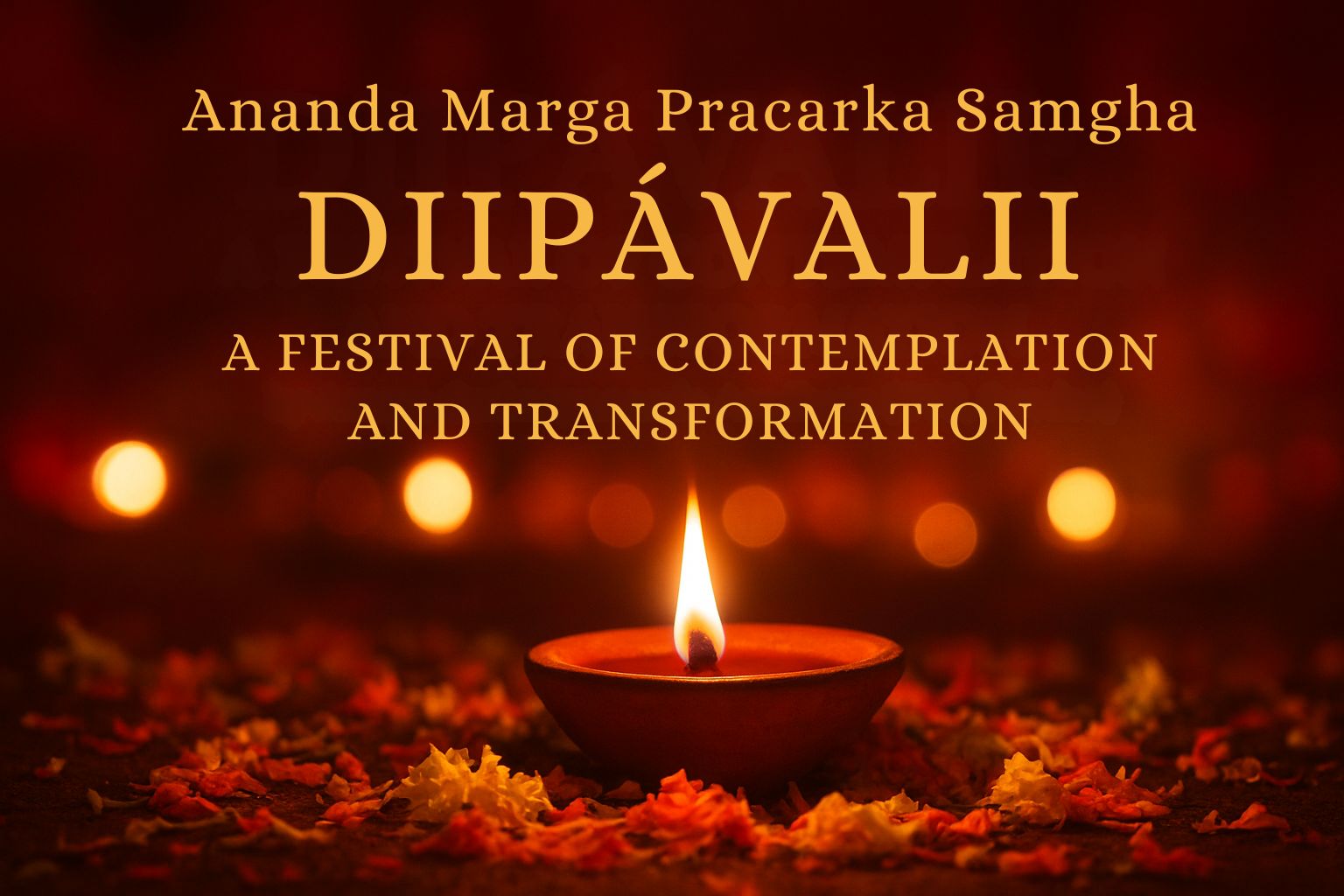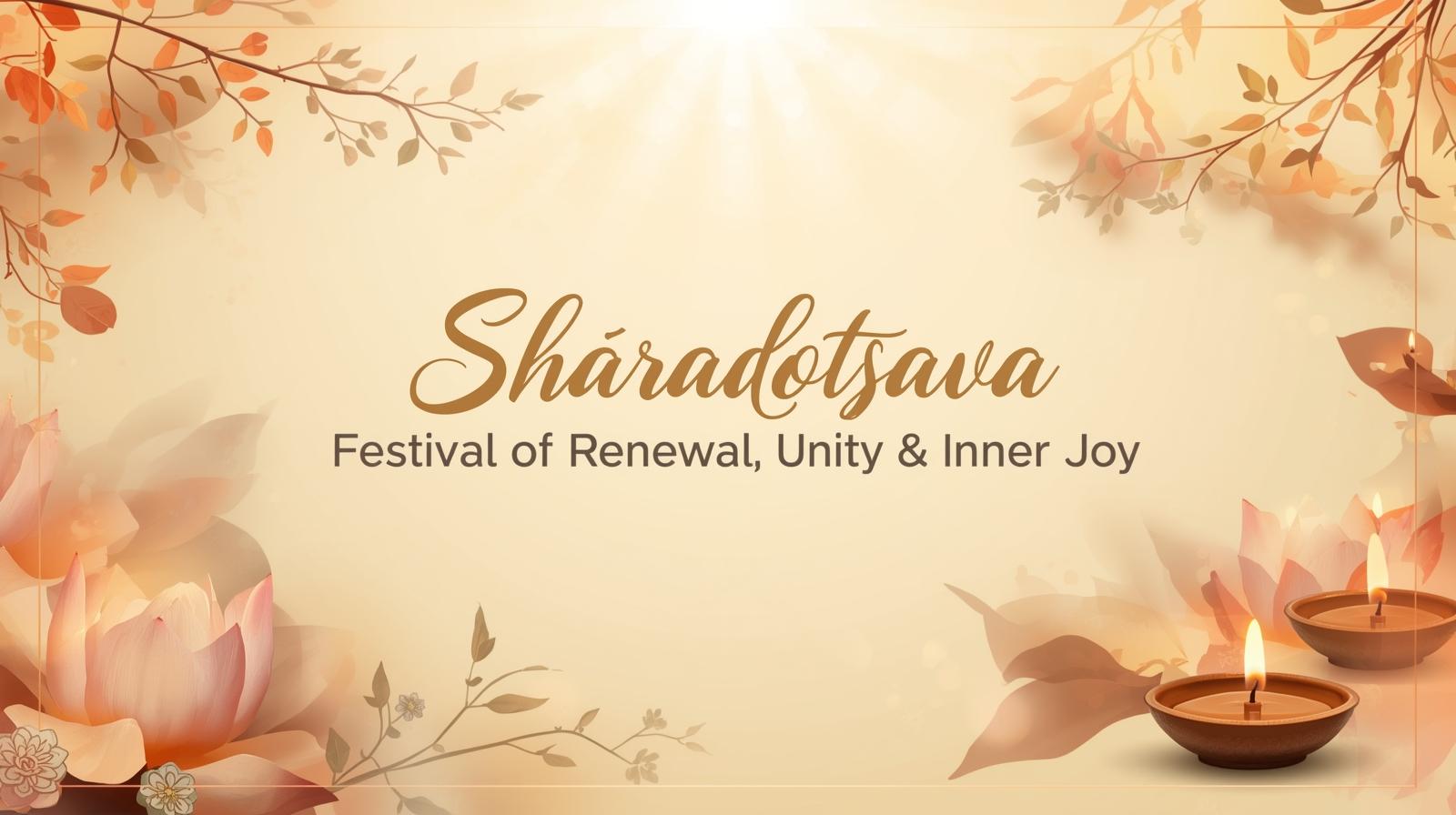In the festival of lights, it is a sacred occasion that awakens us to the eternal truth that within us lies the power to illuminate our lives and the world around us.
As we immerse ourselves in the vibrant colors, joyous sounds, and sweet fragrances of this magnificent festival, we are reminded of the profound significance of this momentous celebration.
Thus, reflecting on the Inner Landscape, our diipávalii presents us with a precious opportunity to take stock of the good and evil within us.
It is a moment to pause, reflect, and introspect on our thoughts, words, and actions. As we gaze into the depths of our own hearts, we are confronted with the dichotomy that reside within us – the noble and the ignoble, the pure and the impure, the loving and the hateful.
The call to transformation in this introspection is not merely an exercise in self-awareness; diipávalii urges us to confront the shadows within us and to vanquish the darkness with the radiant light of our higher selves. It is an invitation to cultivate the virtues of compassion, kindness, and forgiveness, and to eradicate the vices of hatred, anger, and greed.
The power of choice is prone that as we reflect, we are reminded of the power of choice that lies within us. We can choose to nurture the good and reject the evil. We can choose to be beacons of light in a world that often seems shrouded in darkness. We can choose to be agents of positive change, working tirelessly to uplift ourselves and those around us. A time for renewal and recommitment is thus festival of diipávalii is about in Ananda Marga. It is an opportunity to perpetrate ourselves to the pursuit of our highest ideals and to rededicate ourselves to the service of humanity.
As we light the lamps of wisdom and understanding, we are reminded of the eternal flame that burns within us, guiding us on our journey towards self-realization and spiritual awakening.
The struggle to better ourselves and those around us is an ongoing one. It is a journey that requires courage, determination, and resoluteness. But with diipávalii, we are infused with a new sense of purpose and resolve. We are reminded that we are not alone in this journey, and that the collective energy of humanity is a powerful force for transformation.
As we celebrate diipávalii, let us press on with renewed vigor and discovery. Let us continue to strive for excellence, to cultivate compassion, and to radiate love and kindness. Let us be the change we wish to see in the world, and let us work tirelessly to create a brighter, more loving, and more just society for all.
In the words of the great sage, “You are the architect of your own destiny.”
diipávalii reminds us of this profound truth and empowers us to build a future that is illuminated by the light of wisdom, compassion, and love.
In June 1990 DMC discourse, ‘The Cult of Spirituality– The Cult of Pinnacled Order’, Bábá
makes special mention of this diipávalii phenomenon.
“इस मन का जो अन्धकार है, उसको हटाना है| ऐसा नह ींकहना हैकक—“घर मेंद वाल , मेरेघर में
अन्धेरा |” घर मेंभ द वाल होन चाकहए | और यह द वाल , आत्मा क द वाल |” (03 June 1990,
DMC discourse: The Cult of Spirituality – the cult of pinnacled order)
Here below is the transliteration into Roman script:
“Isa mana ka’ jo andhaka’r hai usko hat’a’na’ hae. Esa’ nahin kahana’ hai ki – Ghar-ghar
men diipávalii, Mere ghar men andhera’. Ghar men bhii diiva’lii honii ca’hiye. Aor ye diiva’lii,
a’tma’ kii diipávalii.” (03 June 1990, DMC discourse: The Cult of Spirituality)
Next is the central idea of what Baba spoke on that occasion.
The darkness of the mind should be removed. ‘In each and every house there is a festival of light,
yet my home is dark’, one should not say like this. Instead, there should be diipávalii (festival of
light) in the home, and it is the diipávalii of the Átmá(festival of soul).
……This mind that shows the path of welfare can also be the cause of downfall.
It is said, Átmánaḿ rathinaḿ viddhi shariiraḿ rathameva tu;
Buddhintu sárathiḿ viddhi manah pragrahameva ca.
What this body is?
It is like a chariot of God.
How it is?
It is like that of God’s chariot.
And who is the rider of this chariot?
It is soul(Átmá).
The Átmá of this chariot is the rider, and the body is the chariot.
Buddhintu sárathiḿ viddhi.
Buddhi means pure mind. Which mind has become free from the worldly attachments. That mind which is free from the Máyá – from Avidyá’ of serpentine noose of fetters(bonds) such pure mind who is liberator is the charioteer. That is who rides as a charioteer. That is the rider of the chariot.
manah pragrahameva ca – that is pragraha means that is who is the reins, that is mind. If the mind is very careless and loose; if the reins are weak; then those horses will not be under control. Then everything will be in turmoil.
So this reins has to be kept under one’s proper control; so how does one can keep this reins under control then; this reins have already been seated by this Avidyá. It is under the control of Avidyá of serpentine noose of fetters.
So what will the man do then?
Man are too weak, man is weak and Avidyá is all powerful, she is insurmountable power…she creates and she can create so many things and so many bondages with her dexterous hands; with the dexterity of her hands.
So an ordinary man, how can he/she fight against such almighty power?
This is a very mighty question? It is a knotty question.
What should be done?
Even then for a man, there is nothing to be fearful, why? Because those who are Sa’dhaka, how are they?
With Parama Puruśa, they are in love. Those men who are in love, that love, what it is, it is not commercial won’t or one sided.
If A and B are in love; it is only A who does love; and it is not that B has no love, it is not like that. It is never one sided. As much A has love; and B love is equally the same. This statement must be remembered.
That is, for Parama Puruśa, how much jiiva(living being) loves; Parama Puruśa loves that being so much more than that.
That’s why the living beings must not be afraid of anything; yes it is truly correct that Avidyá shakti is very powerful; but that shakti however powerful, what she is?
That is she is Parama Puruśa’s maid, she is only a servant.
So if Parama Puruśa, whom HE loves, then why does one must be afraid of Parama Puruśa’s servant?
One must neither get afraid nor be fearful.
……Do you know, in the scriptures what is the another name for a Sa’dhaka?
Gopa, Gopabhava’, Gopabhava’ is one of the prime factor of Sadhana?
What does it means then? Gopáyate yah sah gopah
Here Gopa doesn’t mean, one who rears the cows.
Gopáyate yah sah gopah.
Gopáyate means, for Parama Puruśa, who knows how to give bliss.
Whose innate being is, for him/her it is said as Gopah.
For a Sa’dhaka who has this gopibhava’, what does it mean then?
With Parama Puruśa who is in love, what this love is, for that what it is said in scriptural way is “Bhakti”. With the Bhakti there is abundant power pervades/prevails.
Infinite power exhibits.
A jinaii does not have this power; Even with the karmii this power does not exist.
This power is only with a devotee(bhakta).
With Parama Purusa’s devotee -Gopáyate yah sah – with the power of him/her, what Máyá or any other more powerful entity; devotees can win.
Even Parama Puruśa says, who are My devotees, even Myself also regard/consider them. That’s why, Parama Puruśa consider that His devotees are not less powerful.
Diipávalii / Kárttikii Amávasyá. [The new moon of Kárttika]
….It is said that once when Lord Krśńa was absent from His capital, Dwaraka, a demon named Narakasura launched an attack on Dwaraka.
I have already told you that asura does not mean any weird creature. They are a group, a community, of people who originally lived in Assyria….. As I said, Krśńa was absent from His capital when it was attacked by Narakasura. Then Satyabhámá fought a battle against this Asura and killed him.
That was the fourteenth day of the dark fortnight. The Asura having been killed in the battle, the people of Dwaraka illumined the city with fourteen oil-lamps. That day is still observed as Naraka Caturdashii. [All Bask in the Glory of Shiva – 2 (Discourse 7) – 23 May 1982, Calcutta]
Lord Krśńa’s consorts, were always spoken of together. Satyabhámá was adept in social service, government administration and the art of warfare. Perhaps you know the tale of how she once led her Kingdom to victory.
Once, in Lord Krśńa’s absence, a neighbouring king, Narakasura, attacked Dwaraka, Krśńa’s capital. Immediately after Narakasura attacked Dwaraka, Satyabhámá lost no time and launched a fierce counterattack against the invading forces. Narakasura’s army was defeated and he died on the battlefield.
The day Narakasura was killed was the day(Naraka Caturdashii) before the new-moon day of the month of Karttik [mid-October to mid-November].
The whole city of Dwaraka was transported with joy. They jubilantly celebrated by lighting fourteen candles and, on the following evening Diipávalii / Kárttikii Amávasyá [The new moon of Kárttika] they worshipped Satyabhámá with festivities and diipávalii [elaborate lights].
Even to this day, people in some parts of India worship Diipánvitá Mahálakśmii [the goddess of good fortune] with great revelry….Published in: The Awakening of Women [a compilation]- [Satyabhámá and Rukmińii – 9 October 1988, Calcutta]
….Earlier it was mentioned that the ‘ka’, ‘ta’, ‘pa’ and ‘da’ in Saḿskrtá words change into ‘a’ in Prákrta, especially in Mágadhii Prákrta.
Since the Saḿskrtá word ‘diipa’, which means “lamp” in English, has a ‘pa’ at the end it changes into ‘diia’ in Prákrta.
In the north, Indo-Aryo languages it is called diiyá.
The word ávali in Saḿskrtá denotes “many-ness” (ávalii is also correct..) Thus diipávalii in Saḿskrta means “many lamps”. From this comes diiáoyálii in Prákrta and diioyáli (diiwáli) in modern Hindi.[Proper Names – 1 (Discourse 16) -2 October 1983, Calcutta]
Bhrátrdvitiiya: the second day of the bright fortnight of Kárttika. [Brothers’ Day.]


